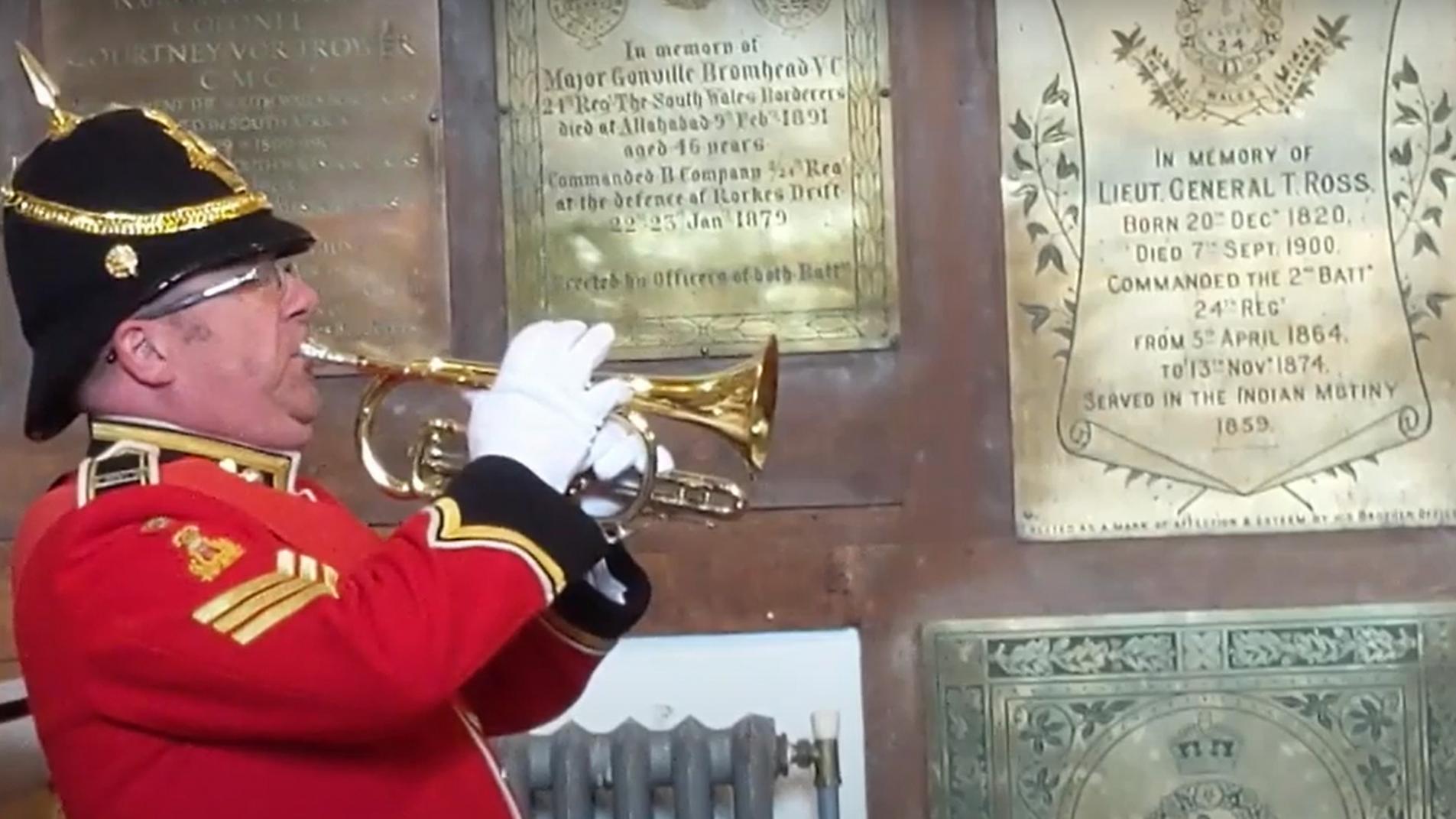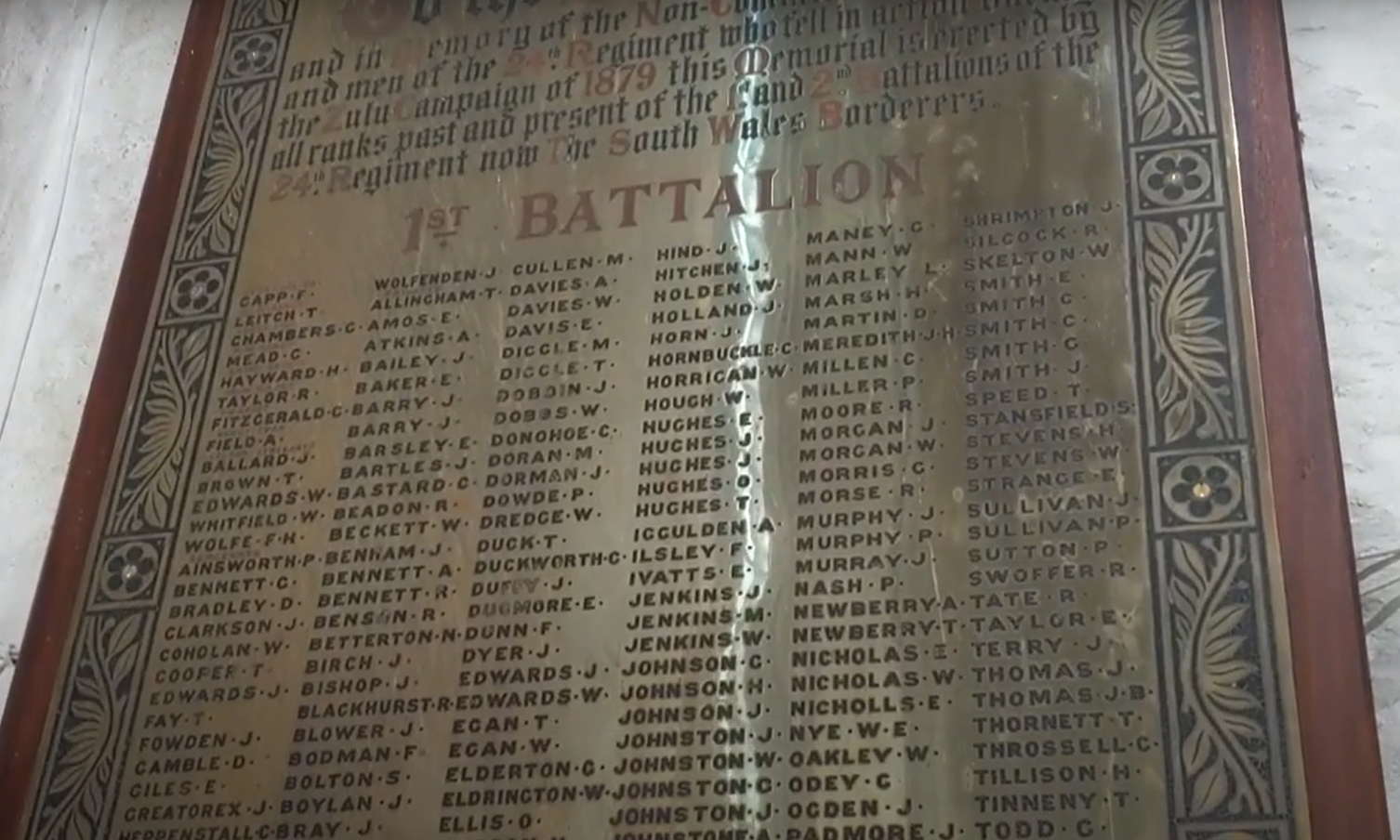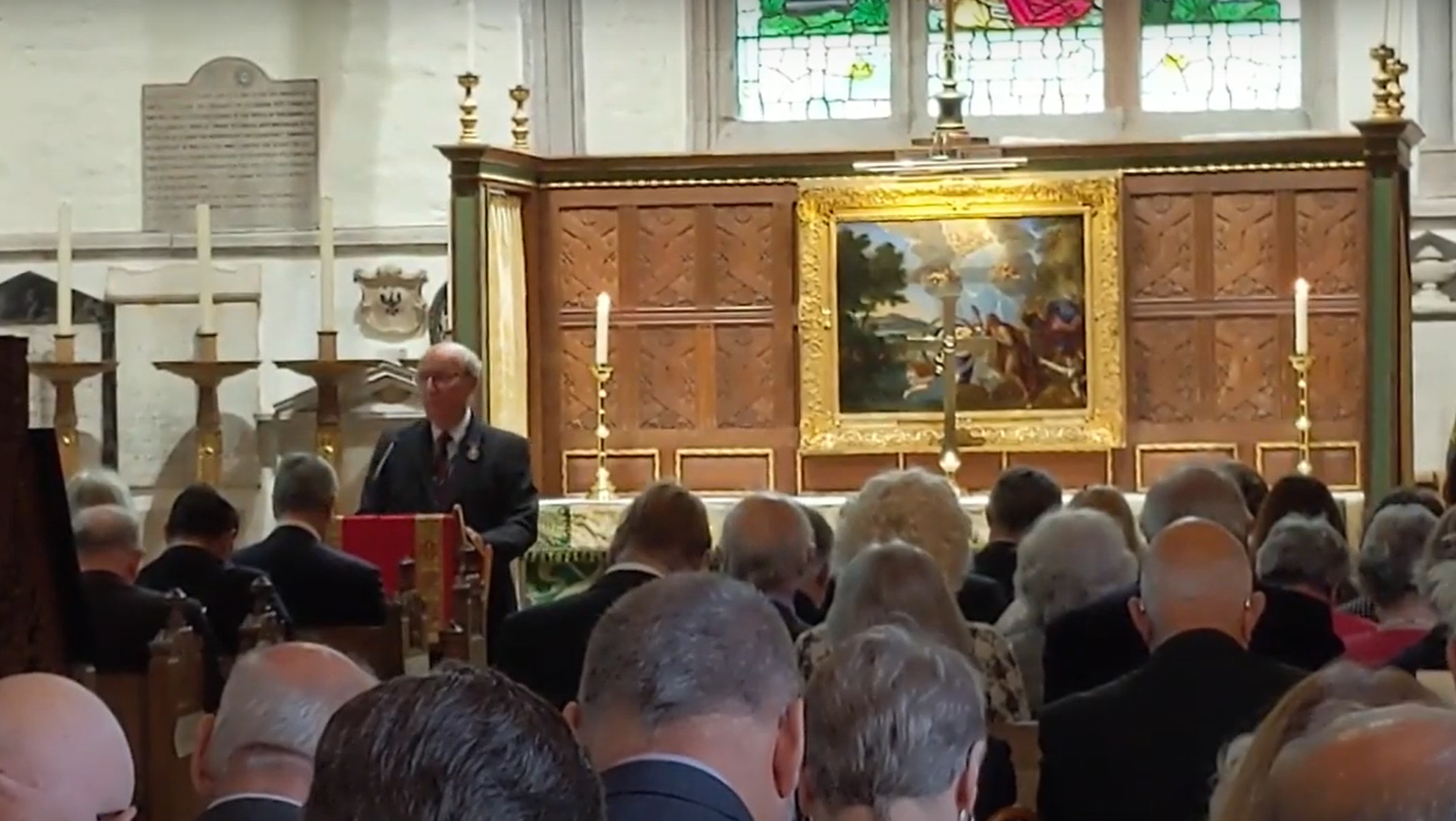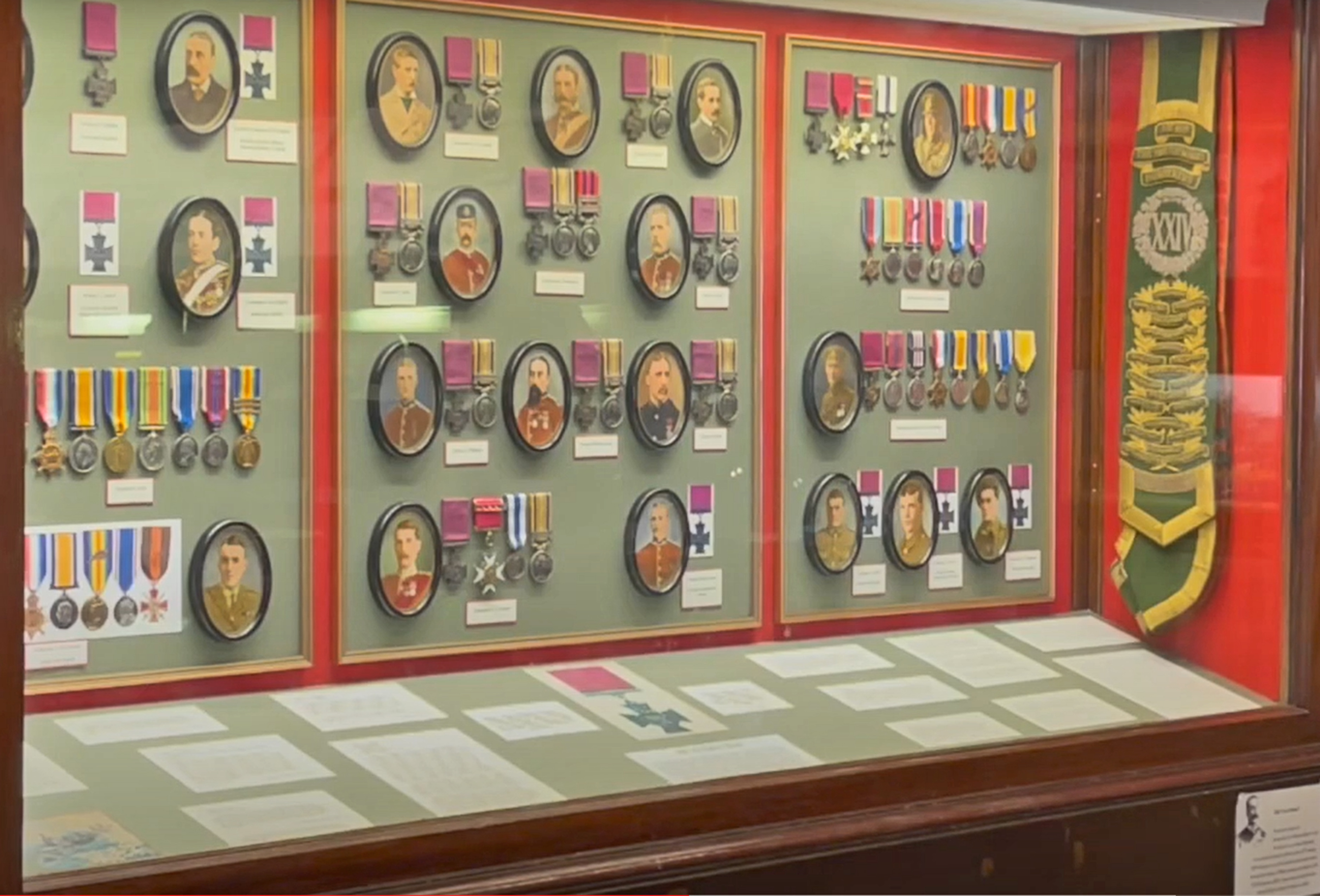
The centenary of the South Wales Borderers and Monmouthshire Regiments’ war memorial has been marked in a moving service in Brecon Cathedral. A service was held in the Cathedral’s Havard Chapel - home to many regimental colours and other reminders of the regiments’ illustrious past.
During the service, two brass candlesticks and a brass cross were gifted to the chapel, in honour of the 100 years that have passed since the memorial was launched on May 25th, 1922.
Afterwards, Colonel Rodney Ashwood talked to Brecon Story about the history of the chapel and the regiments it commemorates.
The story of the South Wales Borderers begins with Sir Edward Dering, 3rd Baronet, who created the original Regiment of Foot (Foot being the contemporary term for infantry) in 1689. This was to support King William III in his military campaign in Ireland.

After a number of tours of duty over the decades, in 1747 the Regiment ranked 24th in the British Army Order of Precedence, earning the title as the 24th Regiment of Foot (RoF) by 1751 – which, after many reorganisations, grew into the South Wales Borderers in 1881. Today, it forms part of The Royal Welsh, or ‘Welsh Warriors’ after further amalgamations over the decades.

The Monmouthshire Regiment was an ‘Army Reserve or Territorial Army’. These would be raised for particular conflicts before being disbanded. The Monmouthshire Regiment was raised to fight in the Boar War, First World War, and the Second World War.
Col. Ashwood discussed some of the Havard Chapel’s memorials, describing ‘the Colours’ or regimental banners as “sacrosanct symbols of the Regiment’s past.” He stressed that “they are also continual war memorials.” He referred to the scrolls found on some of the Colours that line the Havard Chapel, as they portray the Battle Honours of Regiments that fought with great distinction.

A moment of such distinction came with Lt. Melville and Lt. Coghill, during the Zulu War. After a series of heavy casualties had been sustained by the Regiment, the two were ordered to save the Queen’s Colour from the Buffalo River. Pursued by a group of Zulu warriors, Coghill made it across, but an injury to Melville’s horse meant that his journey was not as successful.
After Coghill’s horse was fatally wounded, the two were at the mercy of a river that was in flood. With the current tearing the Colour from Melvill’s grasp, another officer was called on to aid, but Melvill and Coghill were killed in action attempting to climb the steep sides of the valley.
After several days had past, and after the report had made its way back to the Regiment, they returned to the river, to search for the Colour – which had been caught on rocks. It was eventually returned to Britain, where Queen Victoria had heard of the dedication shown to save it. She placed a ‘Wreath of Immortelles’ or dried flowers as a tribute to the two men who had attempted to save the Colour, and to all of the Regiment’s soldiers who had been killed in action. It was her wish that the Regiment carry a wreath of flowers upon the Colours from that point forward. The Regiment asked for a Silver Wreath, which, Col. Ashwood explained, has since been a feature of many successive colours, over the years.